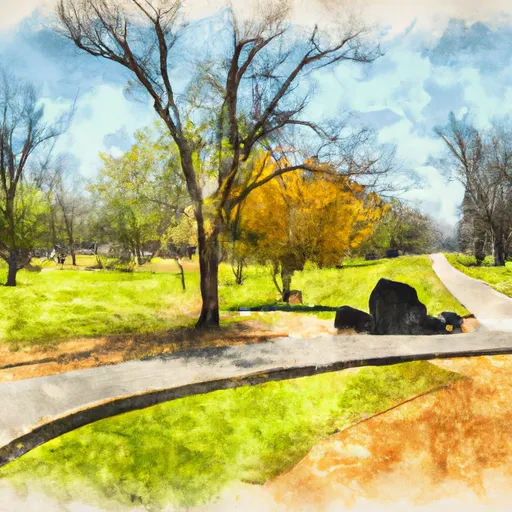°F
°F
mph
Windspeed
%
Humidity











Gunter, Texas is a small town located in Grayson County. The climate in Gunter is humid subtropical with hot summers and mild winters. The town is situated near the Elm Fork of the Trinity River and several creeks, providing ample opportunities for fishing, kayaking, and other water-based activities. The hydrology constituents in the area also support agriculture, with many farms and ranches in the surrounding countryside. Outdoor recreation opportunities in Gunter include hiking and biking trails, camping, and hunting. The nearby Hagerman National Wildlife Refuge is a popular destination for birdwatching and nature photography. Overall, Gunter offers a picturesque setting for those who enjoy the outdoors.
Weather Forecast
Gunter receives approximately 1013mm of rain per year, with humidity levels near 87% and air temperatures averaging around 18°C. Gunter has a plant hardyness factor of 8, meaning plants and agriculture in this region tend to thrive here all year round.
Regional Streamflow Levels
227
Cubic Feet Per Second
92
Cubic Feet Per Second
4
Cubic Feet Per Second
42
Cubic Feet Per Second
Nearby Camping
| Camping Area | Reservations | Toilets | Showers |
|---|---|---|---|
| Lake Mexia Rec Area | |||
| Liberty Hill - Navarro Mills Reservoir | |||
| Mott - Bardwell Lake | |||
| Little Elm Park | |||
| Erwin Park - McKinney | |||
| Oak Park - Navarro Mills Reservoir |



